Best preteen space books 2025
The best preteen space books on the market have the power to entertain, educate and inspire and we've rounded up the best below.

Below, we've rounded up the best preteen space books. It's a list of the best books suitable for those who haven't yet hit their teenage years but still enjoy reading. Some books are more picture-based, some are based on true stories, and our favorites are listed below.
If you want to check out more reading content or you don't find something suitable below, our guides to the best space books for kids and best space books will point you in the right direction.
Whether it's science lessons, fiction, memoirs that inspired movies or books based on real-life events, there's something suitable for every preteen who loves science below. The books we've rounded up are good educational tools as well as material that can capture the imagination and inspire. So, for the best preteen space books out there, scroll down below.
The quick list
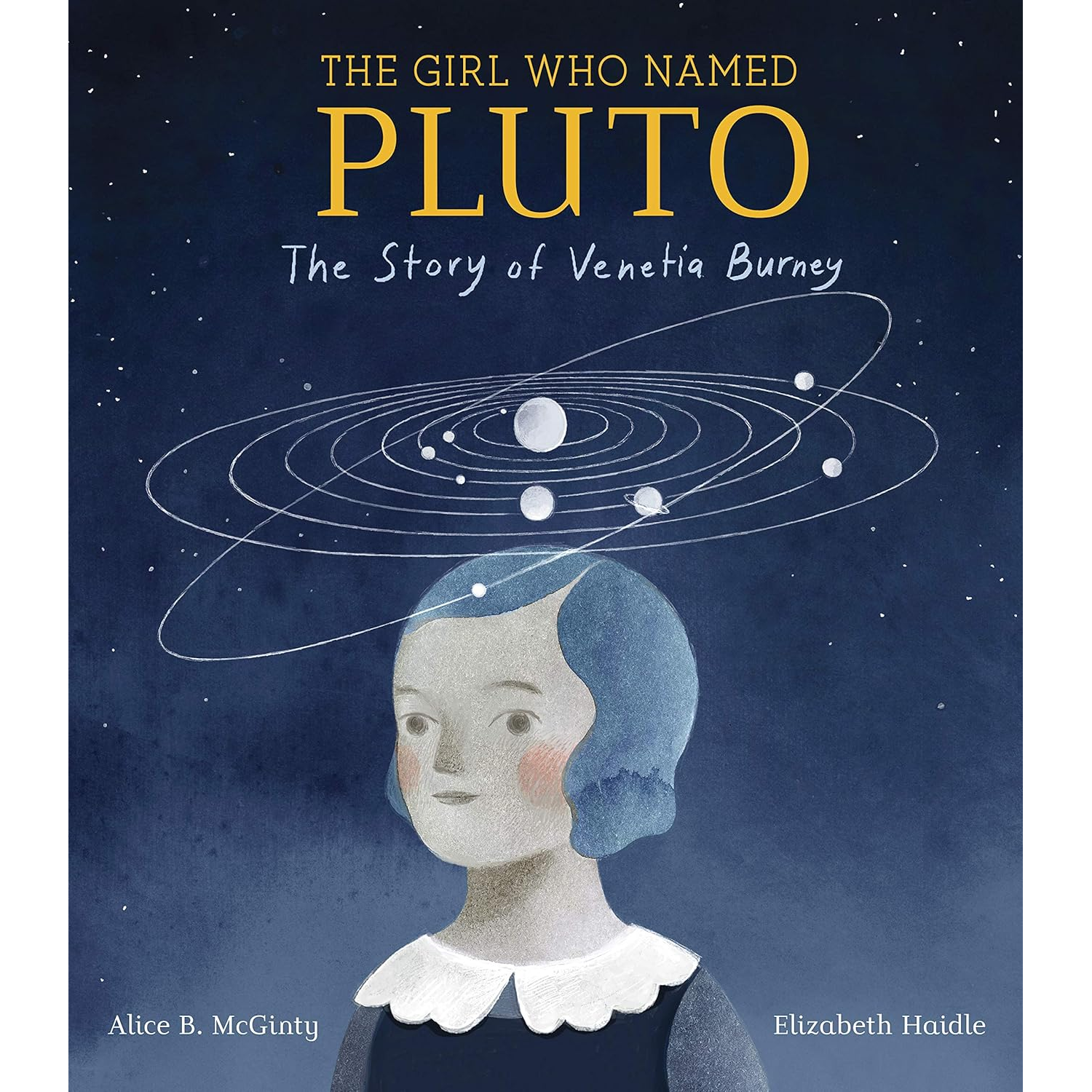
An inspiring and accessible picture book and the eleven year old who named the newly-discovered Pluto back in 1930.
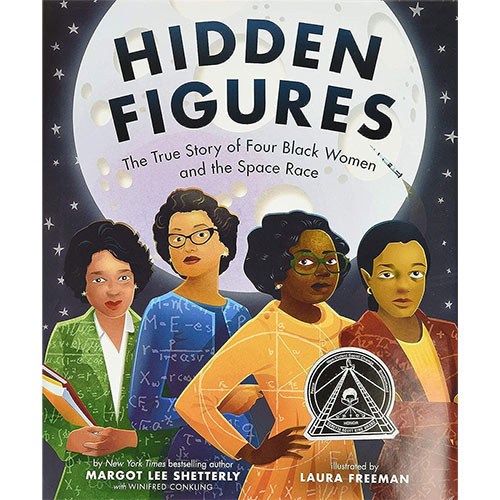
A picture book based on the New York Times best-seller and award-winning movie of the same name. It tells the story of four black women who helped NASA launch men into space.

A memoir with pictures added in, "Rocket Boys" tells the story of a boy and his friends who grow up with hopes, dreams and learn the ability to build rockets out of srap metal.

Book two of a four-book series, Max Goes to the Moon is a child-friendly story in which Max the dog and Tori, a girl, go to the Moon and inspire Earth to build a Moon colony. This book also features mini-science lessons.

The true story of NASA's Margaret Hamilton and the work she did across Apollo missions 8, 9, 10 and 11. It's beautifully illustrated and an important story for all children, especially girls, proving they can do anything.
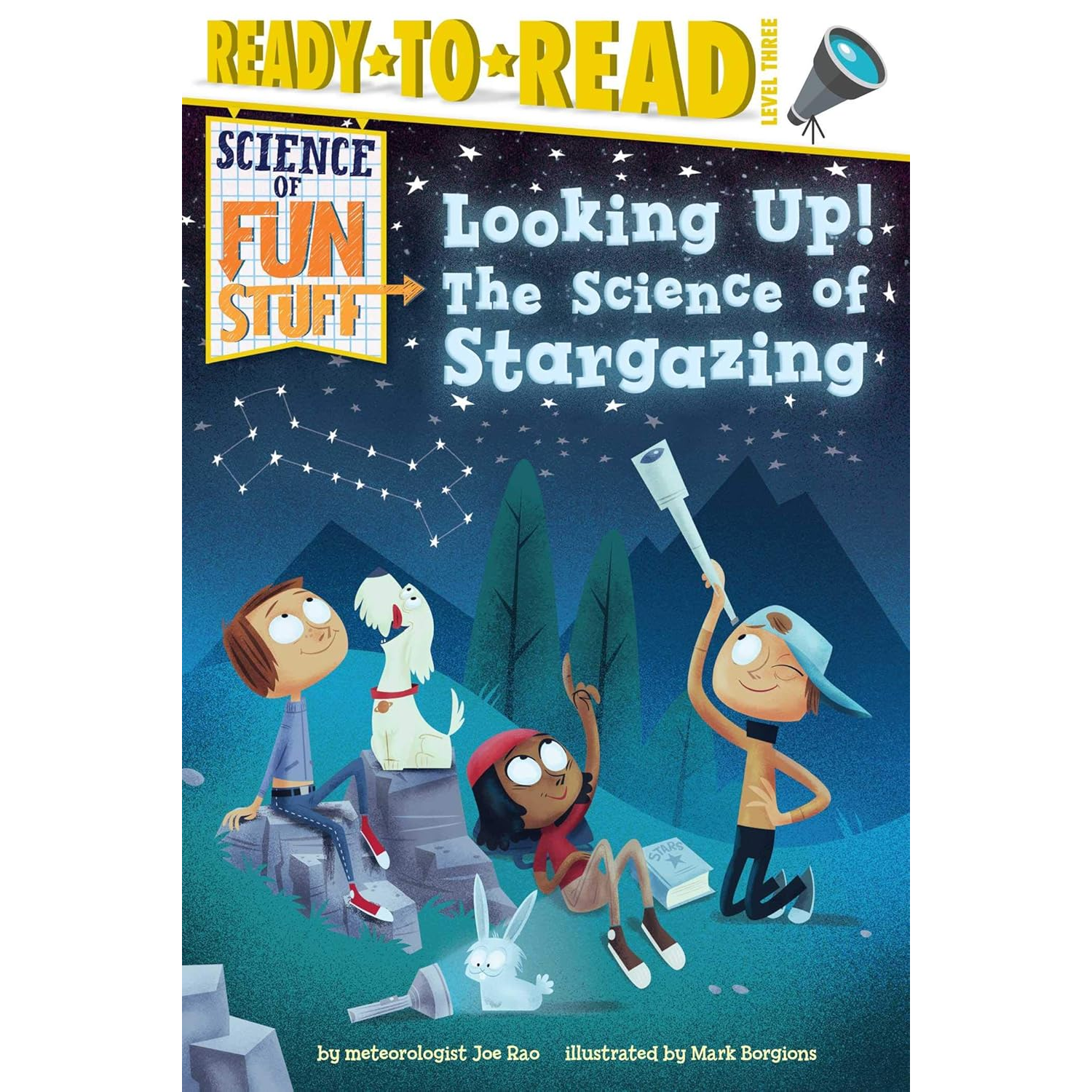
This is a fun introduction to stargazing for kids confident enough to read by themselves. Learn about comets, the moon and more.
Best preteen space books we recommend 2025
Why you can trust Space.com
The Girl Who Named Pluto
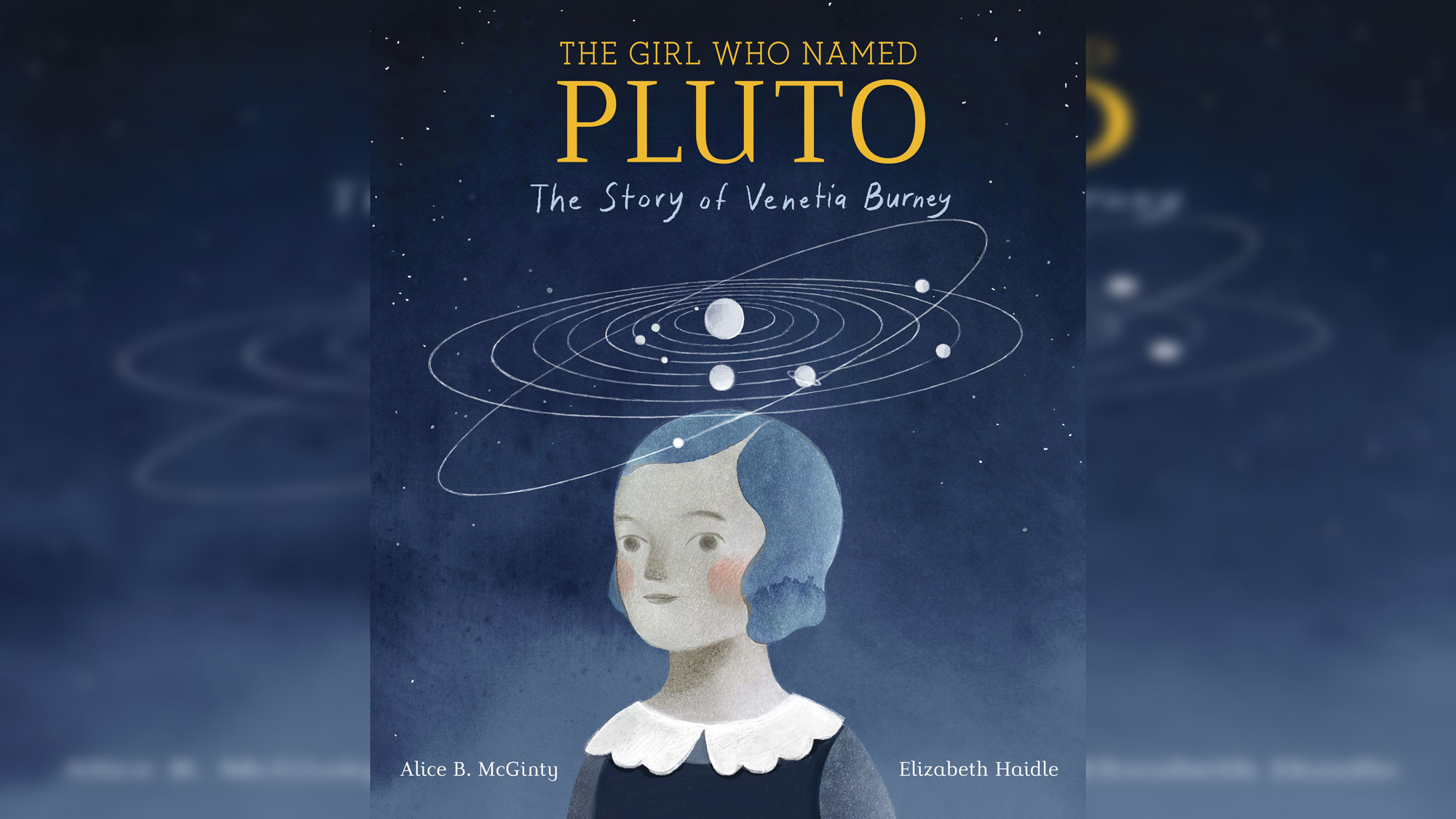
The Girl Who Named Pluto: The Story of Venetia Burney by Alice B. McGinty
Specifications
✅ You like beautiful art: It's wonderfully illustrated throughout.
❌ You want something in-depth: This is a very quick read, perfect for reading with young children.
🔎 The Girl Who Named Pluto: Educational and informative, this is a beautiful story of a real-life girl that kids of all ages will be able to connect with. ★★★★½
How did an 11-year-old English schoolgirl come to name Pluto? In The Girl Who Named Pluto: The Story of Venetia Burney, Alice B. McGinty recounts one child's history-making turn on a fateful morning in 1930. Although the book is aimed at kids ages 4 to 8, there's plenty for older children to connect with as well. And the vintage-flavored illustrations by Elizabeth Haidle make the experience a visual delight.
Venetia had connected her love of mythology with her knowledge of science to christen the new planet after the Roman god of the underworld, refusing to let her age or gender to hold her back.
McGinley says she hopes Venetia's tale inspires her readers — girls, in particular. "I hope girls read it and feel empowered to be part of the scientific process," she said. "I hope boys read it and feel empowered, too, and understand how important girls are to science.
Hidden Figures
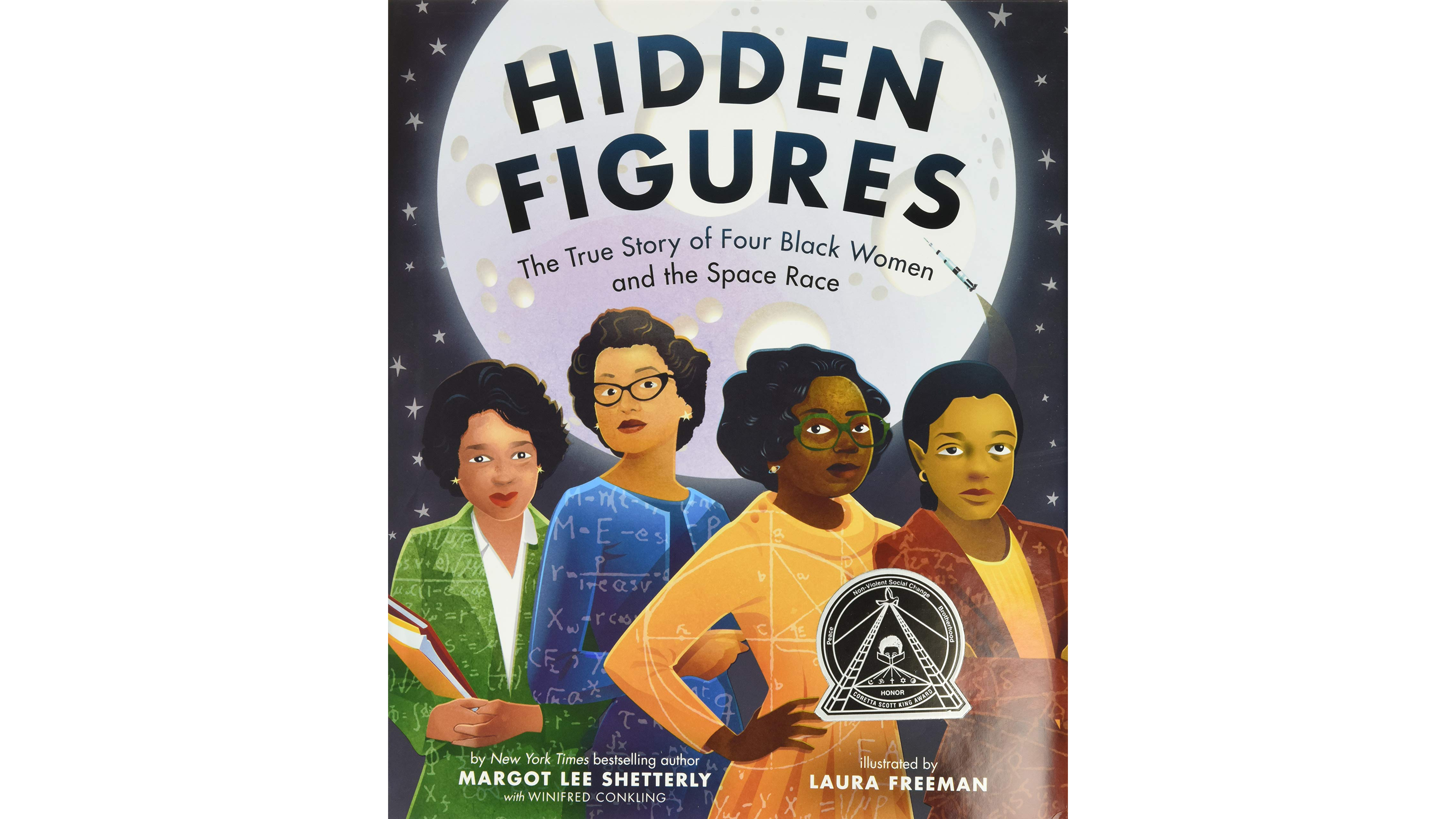
Hidden Figures by Margot Lee Shetterly
Specifications
✅ You want something everyone can enjoy: A picture book adaptation of a New York Times best-seller and award-winning movie.
❌ You want science-fiction: This book is based on real life events.
🔎 Here We Are: An empowering true story of how four black women helped NASA put men into space. It's a true story in picture book form. ★★★★★
Aimed at ages 6 to 10, this book is an empowering but simplified and illustrated version of the "Hidden Figures" story told in a bestselling adult's book and on the big screen. The biographies of four Black women who worked at NASA during the early 1960s feature here as they face segregation and sexism while trying to help the astronauts of the time land on the moon.
The story of Hidden Figures shows the positives of equality and diversity and how people "behind the scenes" can make all the difference. In this picture book form, those messages are more accessible to a younger audience. This version of the book may have less of an emphasis on story telling compared to the original, it does highlight the four women themselves and shows us how they were able to make a difference in the science and space exploration fields.
Rocket Boys
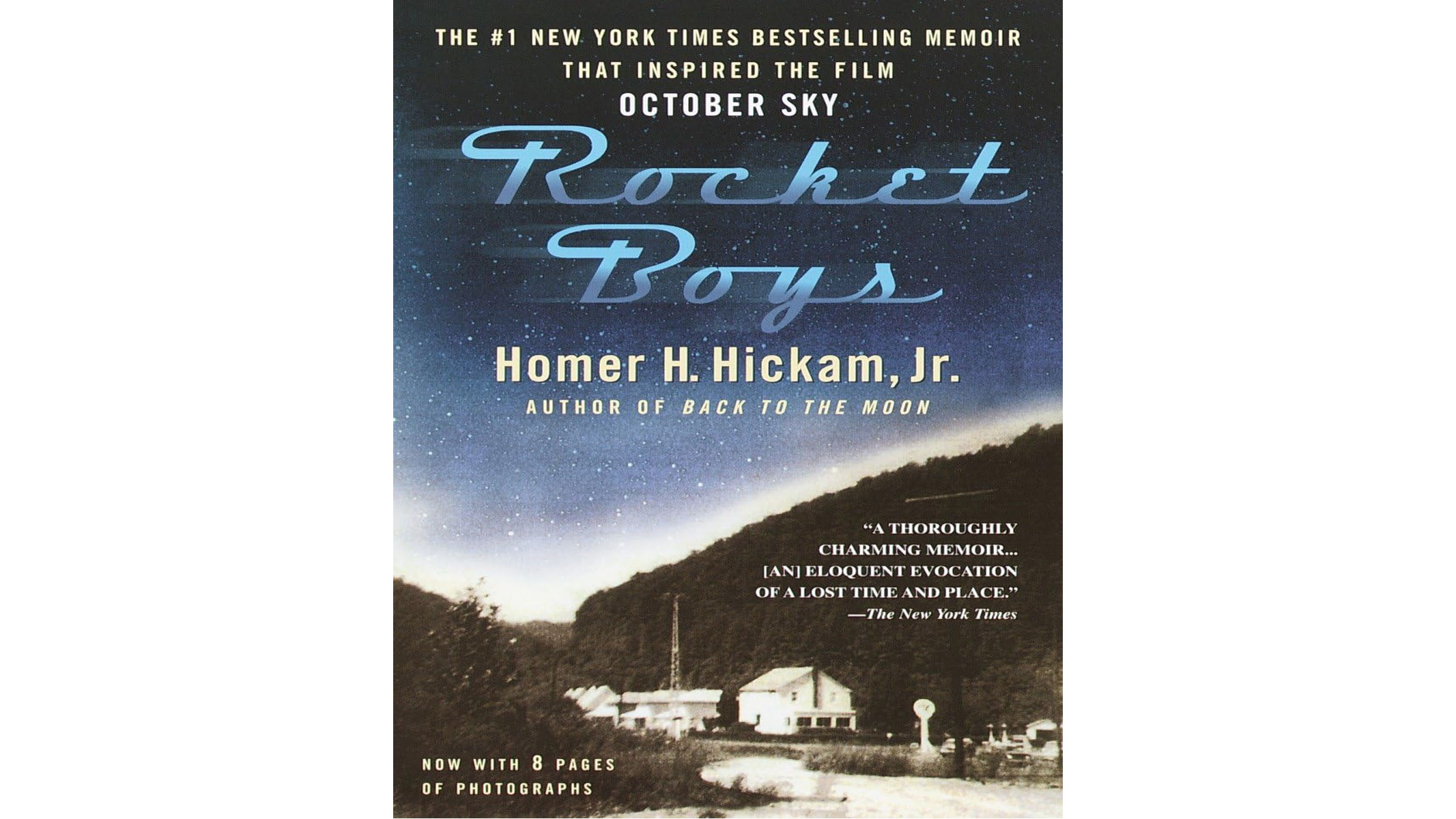
Rocket Boys by Homer Hickam
Specifications
✅ You want a novel-length book to read: 368 pages with eight of them photographs. This book tells the story that can't just be flicked through.
❌ You don't like bigger reads: While this isn't likely to be the biggest book you ever read, if your preteen isn't big on reading, they may struggle
🔎 Rocket Boys: A memoir that inspired the movie "October Sky", this is a coming-of-age story suitable for preteens who are big on reading. ★★★★
In "Rocket Boys", former NASA engineer, Homer Hickam writes the story of a boy from a small town in West Virginia. The story is that of a young man who has an ambition to build rockets in his small mining town and is joined by misfit friends.
With the young men who join him, the skies above Coalwood, West Virginia would light up with flaming projectiles as what was a place of dwindling hope and an uncertain future becomes a journey of nurturing dreams and sending rockets into space.
Rocket Boys is a coming-of-age story and one that could inspire. It's the basis of the movie "October Sky" and a memoir of Hickam's time growing up in a mining town with big dreams of his own. This is certainly a choice for preteens who love to read and can read without much difficulty.
Max Goes To The Moon

Max Goes To The Moon by Jeffery Bennett
Specifications
✅ You want a story and a science lesson: Not only is this a charming story of a dog and a girl traveling to the moon and inspiring the world, but it also includes science lessons including "Phases of the Moon".
❌ You want something with more depth: At 32 pages, this isn't the longest read available.
🔎 Max goes to the Moon: A dog called Max and a girl names Tori inspire the Earth to build a Moon colony with their adventures - it's a charming story that comes with science lessons aimed at those aged 7-9. ★★★★
Max goes to the Moon is a charming, ficticious story of a dog called Max and his adventures with Tori, a girl on the first trip to the Moon since the Apollo missions. Their trip to the Moon proves inspiring to people on Earth and consequently it is decided that a Moon colony should be built.
Along the way in this picture book are real science lessons, which include lessons on Moon phases and it even won the Science Communication Award in 2013 from the American Institute of Physics.
At 32 pages, this is definitely a book to capture imagination and educate, rather than a story for preteens to sit down and read over time. It's also the second book in a four-book series and it's not the only one to win an award. "Science Adventures with Max" is a series aimed at children and preteens and one that can captivate the imagination and educate with scientifically accurate illustrations and lessons along the way.
Margaret and the Moon
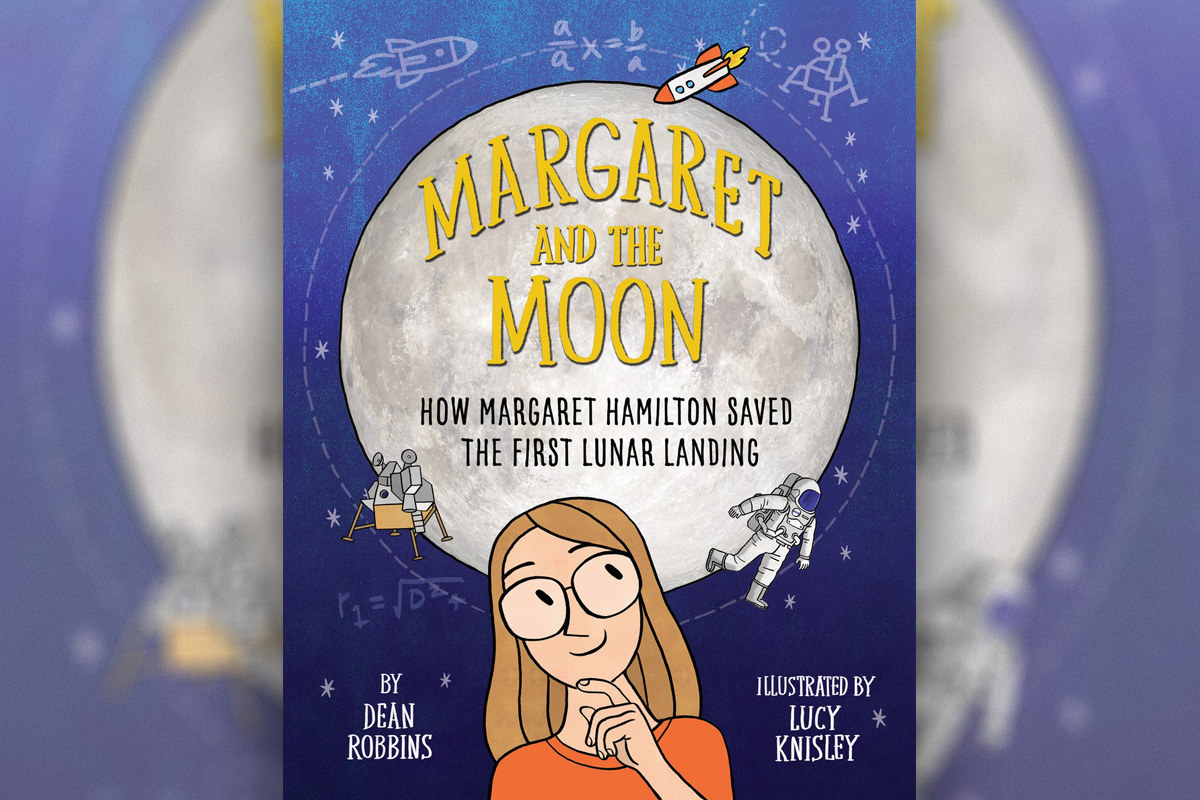
Margaret and the Moon by Dean Robbins
Specifications
✅ You want something inspirational: Margaret Hamilton's real-life story is very inspirational.
❌ You want to learn about the planets: This is all about Margaret's time working at NASA with missions centered around the moon.
🔎 Margaret and the Moon: This is a fantastic real-life story that proves to be truly inspirational to kids of all ages, particularly young girls. ★★★★½
In Margaret and the Moon: How Margaret Hamilton Saved the First Lunar Landing, Dean Robbins outlines the pioneering software engineer's life, from the backyard of her childhood home, where she posed a million questions about the night sky, to the hallways of NASA, where she led a team from MIT to develop the onboard flight software that would land the first men on the moon.
When an accident threatened to abort the Apollo 11 moon landing, Hamilton swooped in to save the day with her smarts and preparation.
At a time when women were expected to stay in the home and raise children, Hamilton’s role in the Apollo program was "revelatory," according to Robbins. He said he hopes his young readers will find a strong role model in Hamilton, who solved problems large and small with creativity and fearlessness. "In my wildest dreams, readers of 'Margaret and the Moon' will grow up to make the next great breakthroughs in whatever they choose to do," he said.
Looking Up!

Looking Up!: The Science of Stargazing by Joe Rao
Specifications
✅ Your kids are just getting into stargazing: It offers a great introduction to looking through a telescope.
❌ Your kids are older: This is aimed at 6-8 year olds, so older kids might find it a little basic.
🔎 Look Up!: This is a great primer to stargazing, teaching young kids about various celestial bodies they'll be able to see through a telescope. ★★★½
For first through third graders who are curious about the night sky, Joe Rao's fact-filled early-reader chapter book, Look Up!: The Science of Stargazing will satisfy basic questions about the sun and the moon, the stars, the planets, comets and meteors in an engaging, age-appropriate manner.
Rao debunks the notion that viewing an eclipse at the moment of totality — that is, the few minutes when the sun is fully engulfed by the moon — is harmful to the naked eye. Once the sun is totally covered, you can look and "be amazed at one of Mother Nature's most spectacular sights," he writes. But turn away once the sun starts peeking out lest you be blinded, or use one of the safe viewing techniques he recommends to continue observing the spectacle.
You'll also learn interesting facts about comets (did you know they're sometimes called 'hairy stars'?) as well as everything else that you might be able to catch a glimpse of through a telescope in your back yard.
How we test
Since this guide is concerned with books suitable for kids, we've carefully selected books that are engaging, easy to read and suitable for a large age range. These are books that children can enjoy from a young age all the way through to the pre-teen years; books with beautiful images that are both enjoyable to read and richly educational.
While we don't have full reviews of these books, we have read and considered the content in each book, ensuring they're suitable for the intended age range. These are books our staff has read and enjoyed over the years.
March 19: We've rewritten the strapline and intro, added three books to the list and created a new lead image.
Breaking space news, the latest updates on rocket launches, skywatching events and more!

Space.com is the premier source of space exploration, innovation and astronomy news, chronicling (and celebrating) humanity's ongoing expansion across the final frontier. Originally founded in 1999, Space.com is, and always has been, the passion of writers and editors who are space fans and also trained journalists. Our current news team consists of Editor-in-Chief Tariq Malik; Editor Hanneke Weitering, Senior Space Writer Mike Wall; Senior Writer Meghan Bartels; Senior Writer Chelsea Gohd, Senior Writer Tereza Pultarova and Staff Writer Alexander Cox, focusing on e-commerce. Senior Producer Steve Spaleta oversees our space videos, with Diana Whitcroft as our Social Media Editor.
